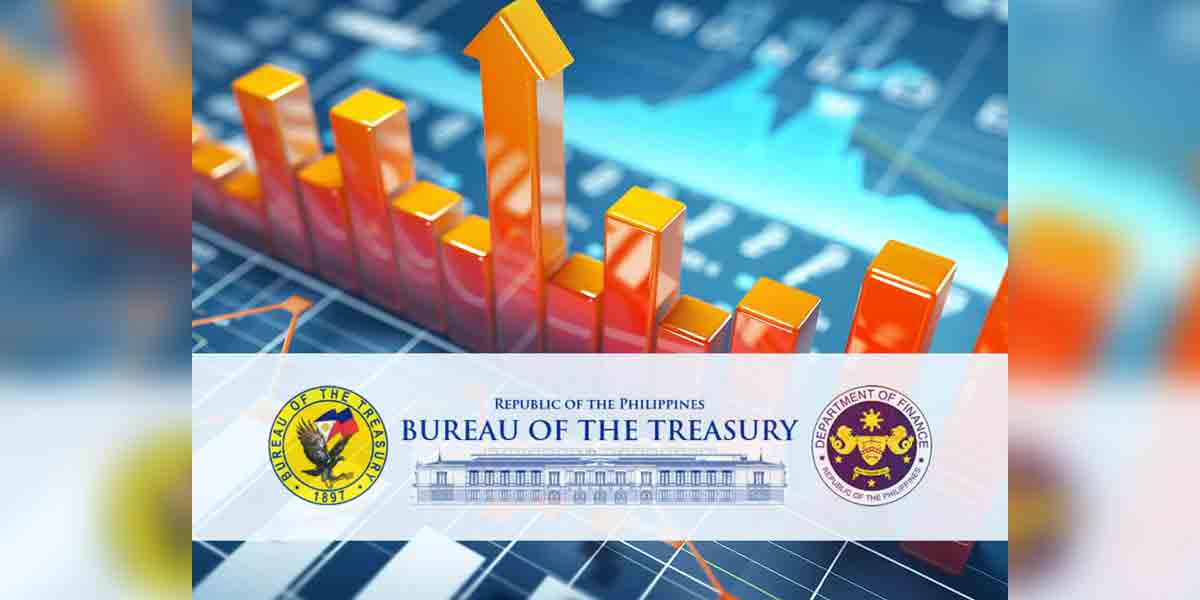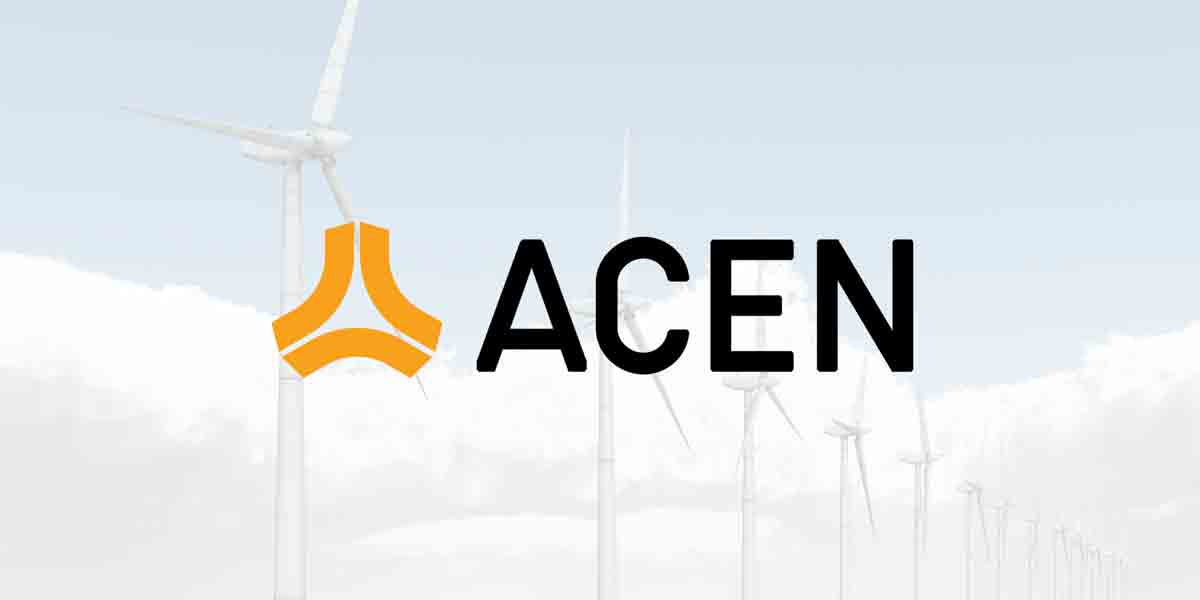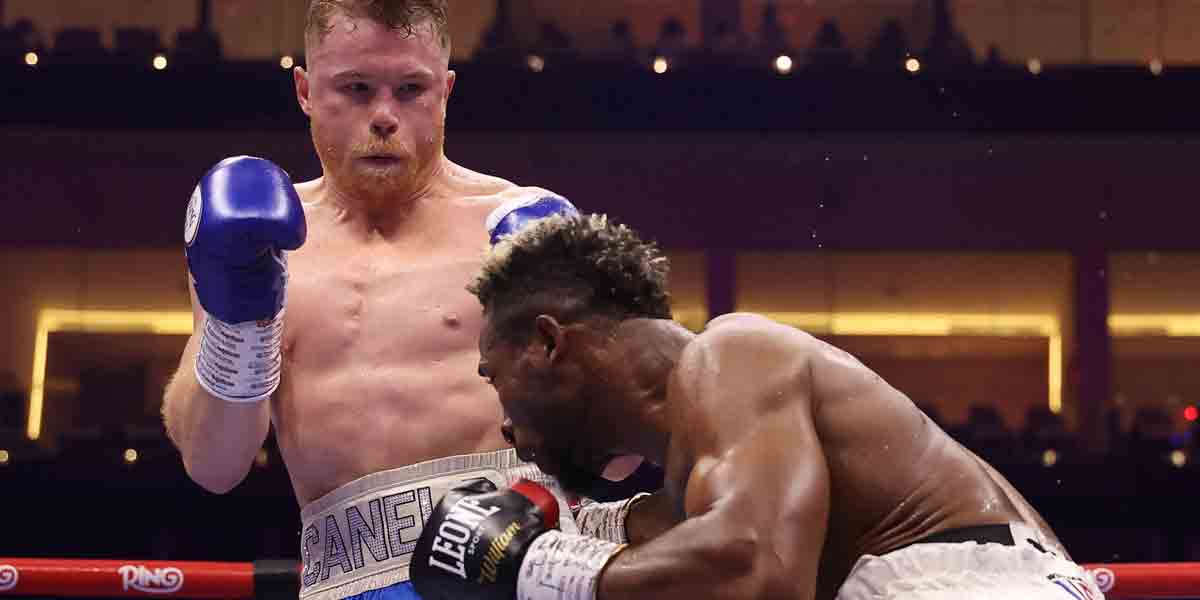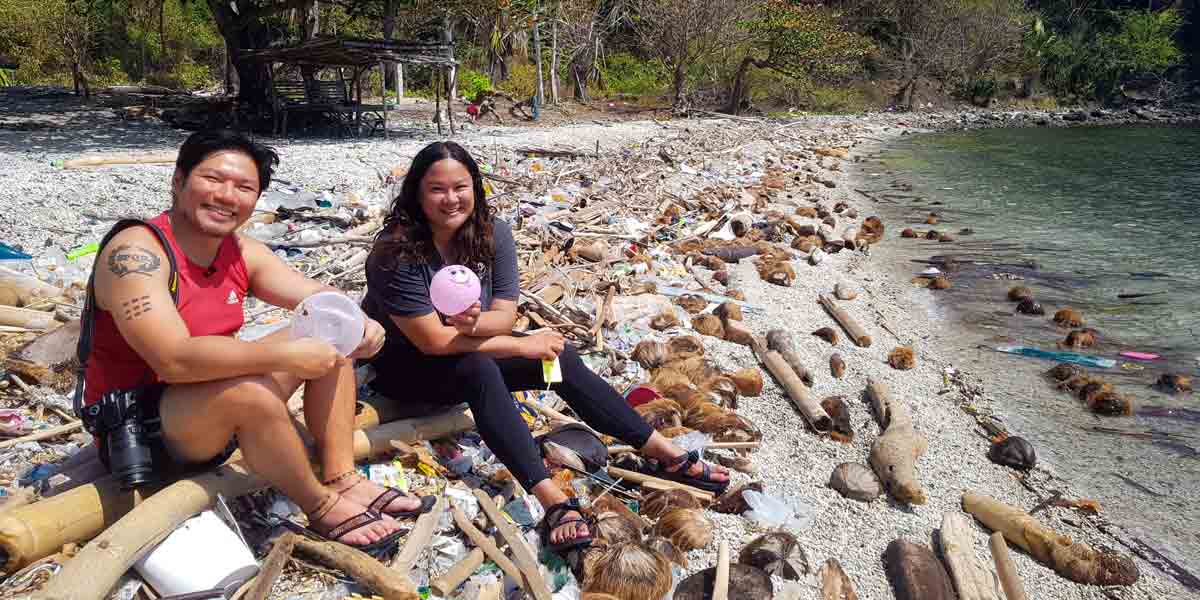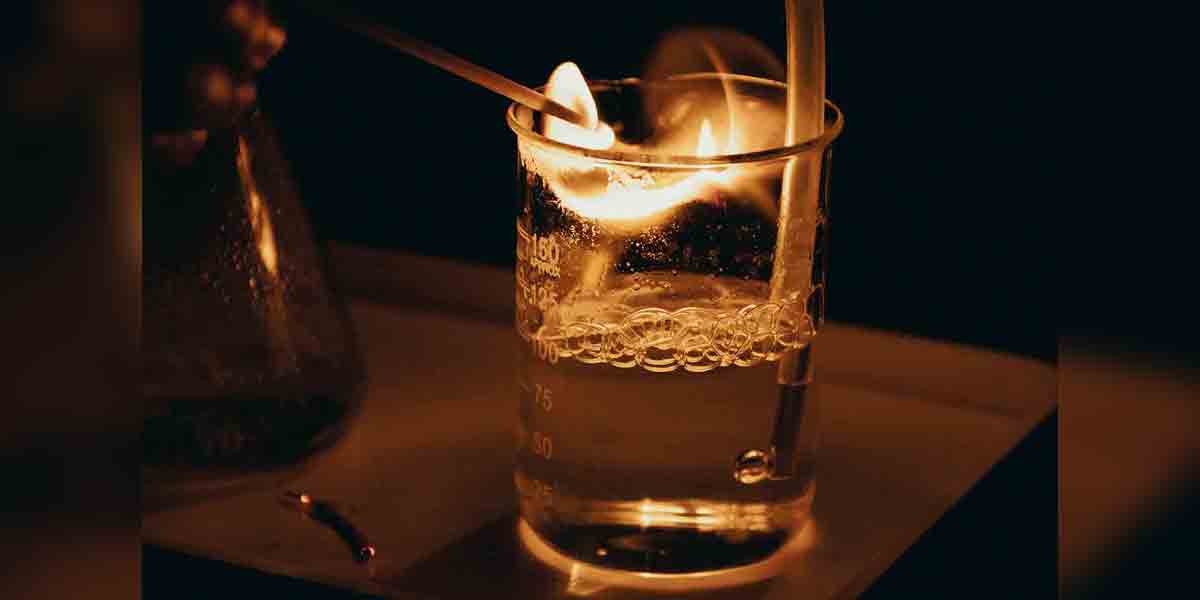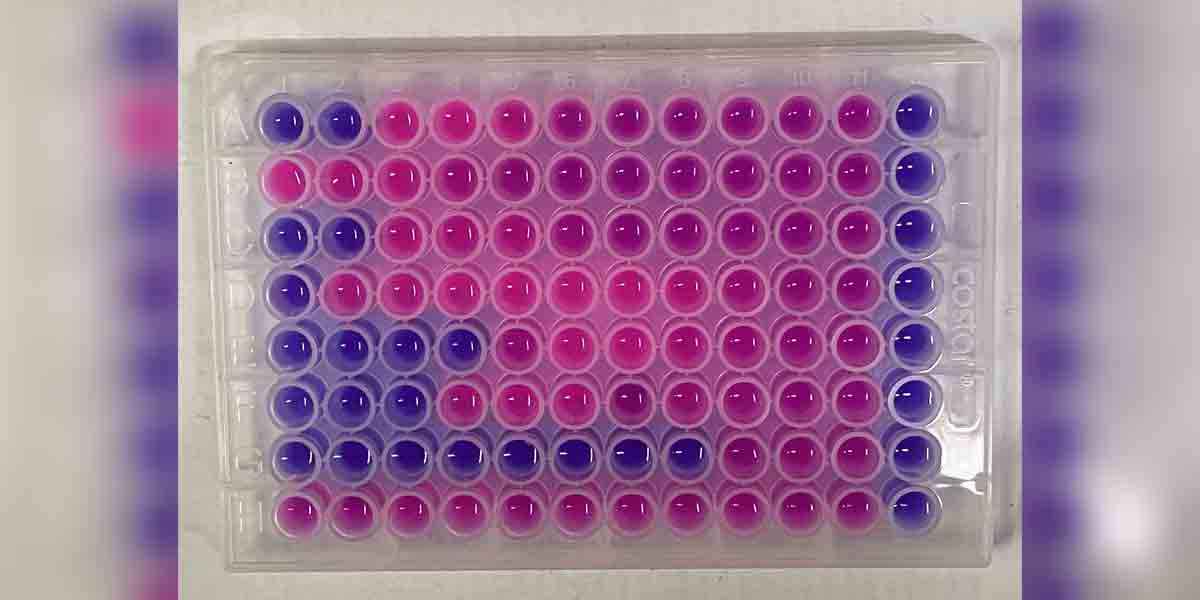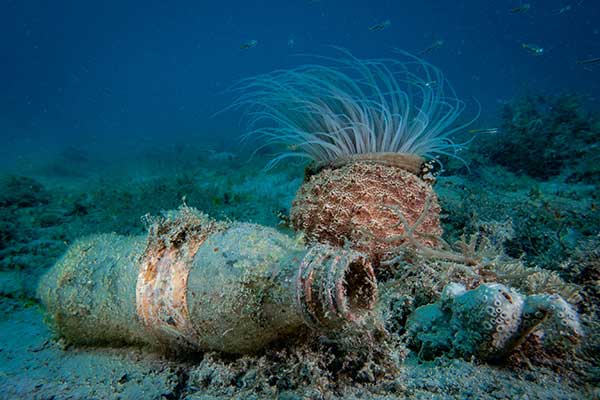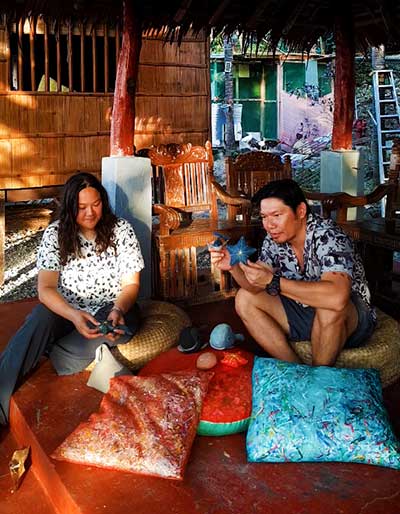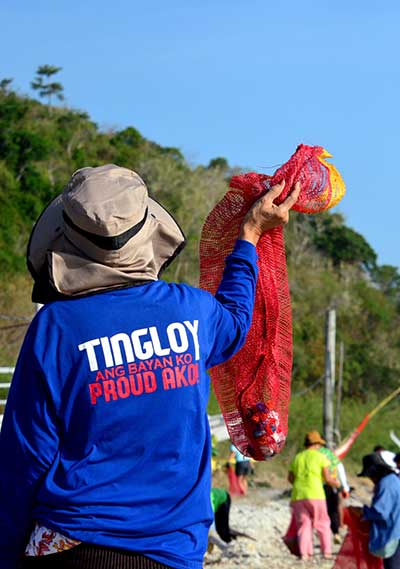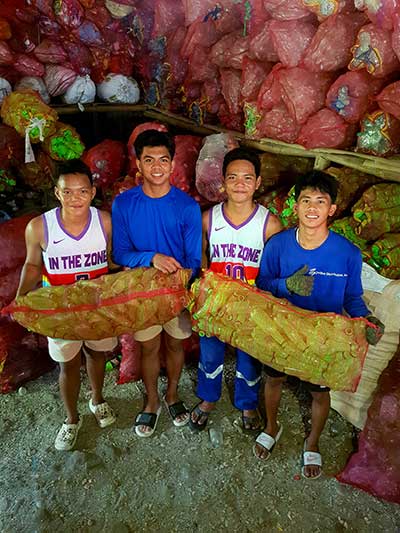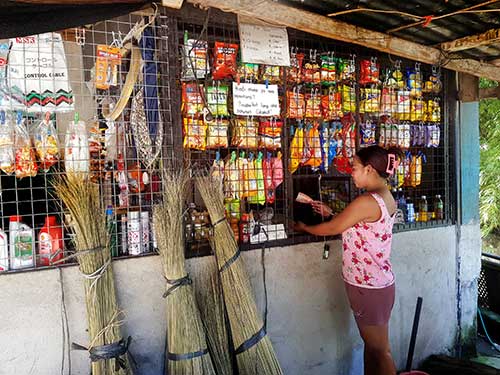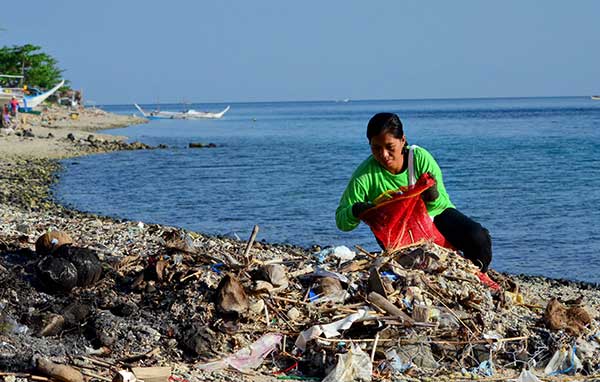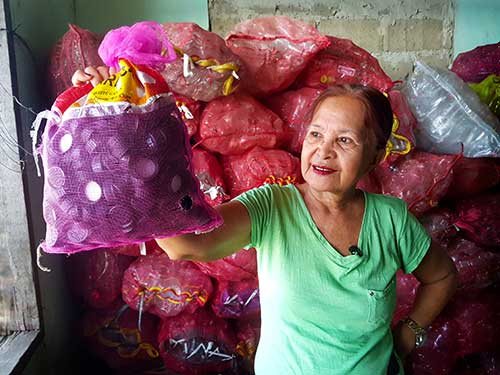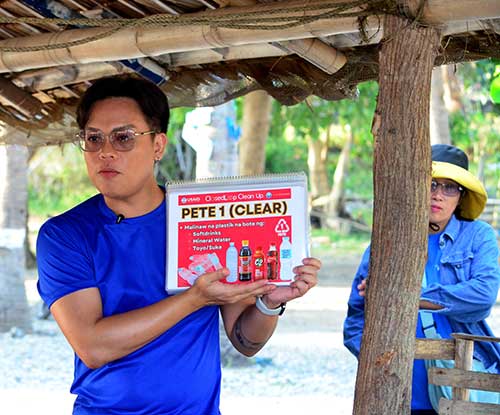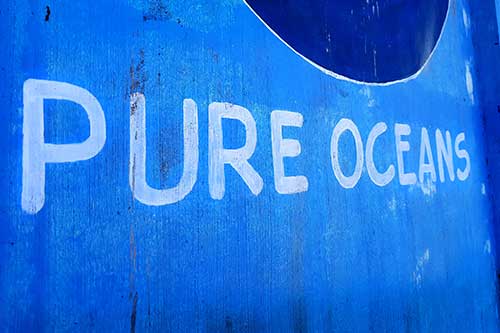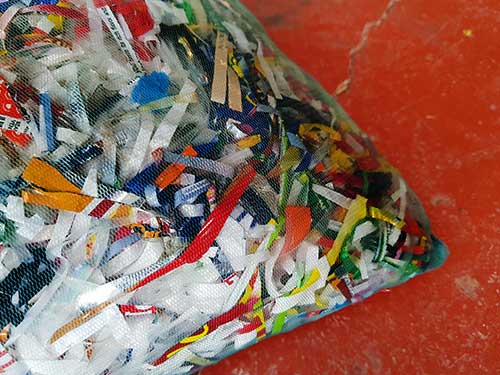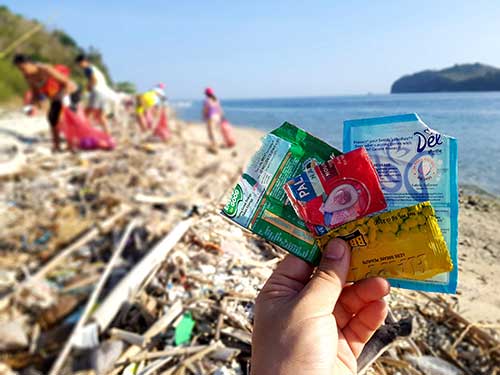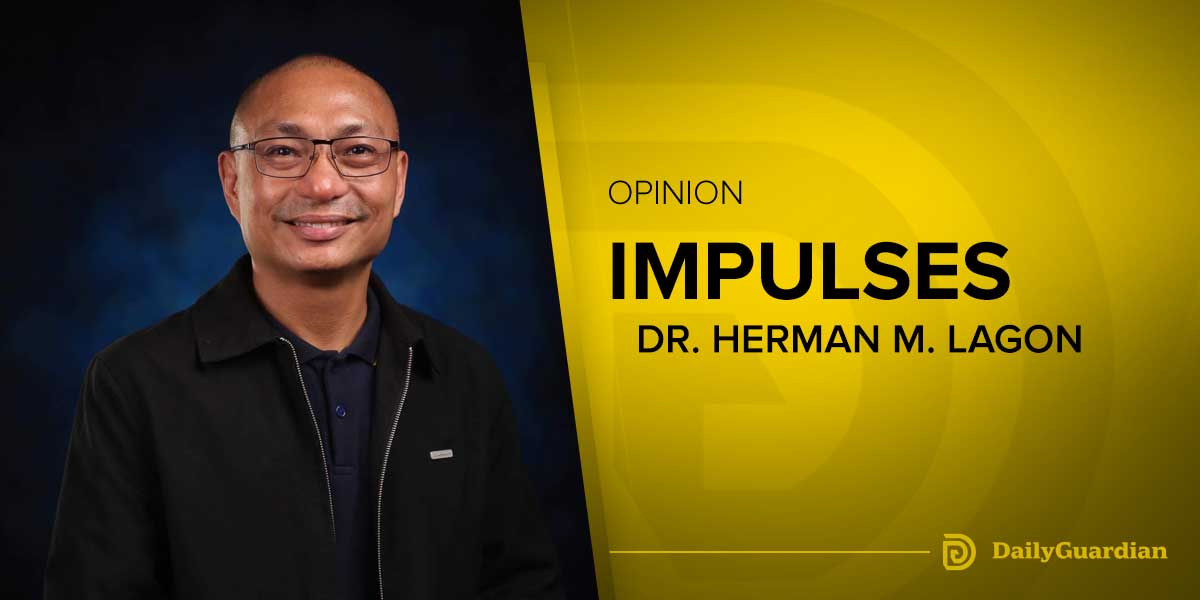Tingloy, Batangas – This beach is pretty remote, but somehow, it’s still covered in trash.
Mixed in with the usual influx of driftwood and seaweed are countless sachets, plastic bottles and toys – ranging from lightsabers to creepy doll heads.
“We’ll conduct a closed loop cleanup today,” Tak Vergara of Pure Oceans explains to gathered volunteers. “You’ll each be given a mesh sack, to be filled with just one type of trash. Once done, we’ll send our sacks to proper endpoints like junkshops and recyclers. Let’s please move before the morning sun gets too hot.”
Around 30 people from the local barangays of Tingloy, plus a contingent from the Philippine Coast Guard, have gathered along the shores of Barangay Marikaban to retrieve sachets, plastic bottles, bottle caps, ropes and anything that doesn’t naturally belong here.
Like everyone, I’ve been given a red mesh sack and assigned to pick up every plastic or foil sachet I see. I don’t have to look hard – the little suckers are literally coating every meter of this beach.
The Problem of Plastic
Plastics revolutionized the world: they’re inexpensive, durable, nonporous, lightweight and have a million uses. They’re so tough that most will never be fully broken down by nature. Instead, they’ll photodegrade into tiny particles called microplastics. It takes some 400 years – around 13 human generations – for this to happen.
The problem is that too many plastics are designed to be used only once. Many of the world’s third-world economies are built on a tingi-tingi culture where daily needs are bought on daily wages.
Single-use plastics like sachets, sando bags, straws, diapers and bottles account for half the plastics made today.
A report from the Global Alliance for Incinerator Alternatives (GAIA) released in 2019 revealed that Pinoys used 163 million plastic sachets, 48 million sando bags and 45 million labo bags daily. The World Bank in turn estimated that the country generated 2.7 million tons of plastic waste yearly, 20% of which ends up in our oceans.
Global studies about plastics gauged that humanity has produced 8.3 billion metric tons of plastic, 75% or 6.3 billion metric tons of which have become plastic waste. There’s so much of it that scientists have proposed this era to officially be termed the Anthropocene, a slice of time marked on the fossil record not by fossilized bones, but nonbiodegradable plastic.
Our oceans can only absorb so much. Sea turtles and whales now mistake translucent plastic bags for jellyfish, while pelagic fish swallow gleaming microplastics mistaken for plankton. Distant islands – from icebergs in the Arctic to uninhabited sandbars in the Pacific – are plastic-ridden. Even the most remote part of our planet, the Mariana Trench at over 10 kilometers deep, is littered with yesteryear’s grocery bags.
“We cannot keep ignoring the plastic problem, especially here in Tingloy,” says Pia Roxas Ocampo, founder of Pure Oceans, a marine conservation social enterprise. The Philippines is part of the Coral Triangle, where marine diversity levels are unparalleled. The Verde Island Passage, which includes Tingloy, has long been hailed as the epicenter for marine shorefish diversity.
Threat to Marine Biodiversity
Since 2018, Pure Oceans has been working with local communities in Tingloy to recover plastic profitably. “In truth, coastal cleanups like this aren’t long-term solutions,” adds Pia, picking up trash along with everyone. “These are simply emergency measures to protect the coral reefs that surround this island. These reefs aren’t just great dive sites – they sustain the livelihoods of people here.”
Plastics, whether whole or broken down into microplastics, threaten marine diversity. It’s not uncommon to see old fishing nets snagged onto coral heads, or undigested plastic in the guts of the seafood we eat.
“Microplastics concentrate and encapsulate pollutants. They’re dangerous when ingested by fish or other animals,” explains Dr. Wilfredo Licuanan, a coral expert and University Fellow at De La Salle University. “Plastics don’t just smother corals either. They can cause injuries, which increases the likelihood of corals getting sick.”
For the past seven years, Pure Oceans has been working with public and private sector partners – from the municipal government to corporations and local communities – to develop practical ways to collect and divert plastic away from coral reefs.
“We’re known as the MRF Angels because we buy hand-washed plastic and foil strips from selected participants at PHP20 per kilogram,” shares Princess Aldovino, busily filling up her sack with little plastic bottle-caps. “Tons of plastic and foil have been brought to our MRF or Materials Recovery Facility and they are used as ‘pluffing’ or ‘plastic-stuffing’ for various products locally made in Tingloy. We support several senior citizens who help convert trash into useful raw materials.”
After an hour’s work and with my mesh bag finally bursting with sachets (my wife Ngoc collected even more sachets than me), I trudge back to our collection point. Tak and Lai Manalo from Pure Oceans measure the morning’s haul: nearly 175 kilos of plastic waste, among them a cellphone, a syringe, a rubber duckie, gambling dice and some truly scary plastic dolls.
Soon we visit Caban Cove, a popular dive site. Diving here decades ago, I vividly recall having lunch in a spotless white sand beach. Now, it is covered end-to-end with broken branches, coconut husks and you guessed it, plastic. Pia and I carefully examine the debris.
“Coastal cleanups help, but each day will deposit a brand-new layer of trash. With the local community of Tingloy, we’ve developed and tested solutions to help other islands address the plastic problem,” she explains.
“We’re working on all aspects of the garbage lifecycle – from implementing corporations’ extender producer responsibility, CSR projects, developing waste management systems with local governments, environmental education for schools, plus physical cleanups along our coasts. After seven years of learning, we’re ready to replicate our solutions nationwide – but we need more partners.”
We pick through more layers of refuse. I dig out a twisted piece of seaglass, keeping it as a reminder that some things just don’t belong in the big blue. “For many Pinoys, conserving the oceans starts at home. Thinking before buying and properly segregating our waste might just prevent trash from ending up here,” gestures Pia.
We leave the area after a day’s work. Though spiritually satisfied, we barely made a dent in the tidal wave of plastics assailing the quiet island paradise. Despite this, it’s still rung with corals, still teeming with fish.
Two hundred million metric tons of single-use plastics will be produced this year, equivalent to 10 million fully-loaded dump trucks.
How many tons will end up at sea? How many new layers of trash will be added to the beaches of Tingloy and the world’s other islands?





